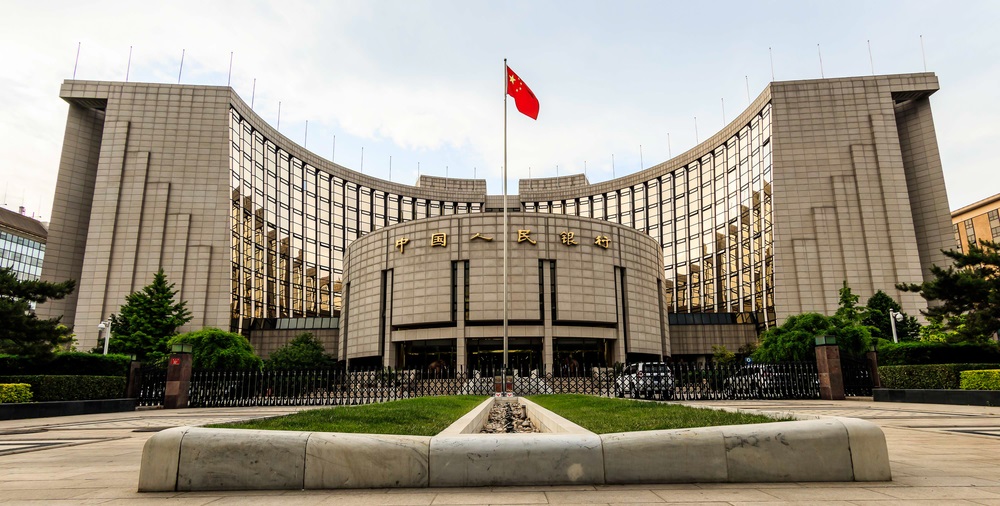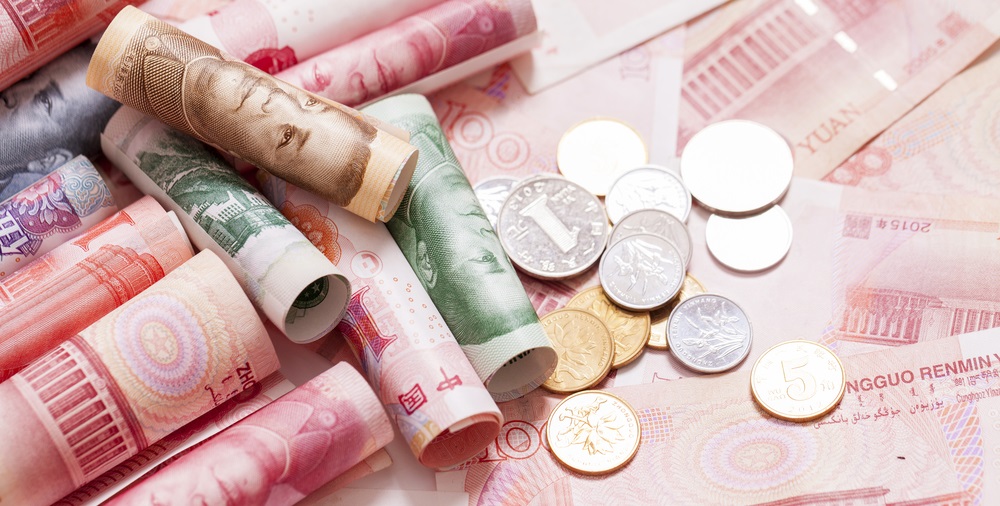
Careful not to rush too much with stimulus, the Chinese government nevertheless realizes that its behemoth economy is invariably slowing down. New loan interest rate cuts have been announced recently to encourage bank lending and borrowing in the private sector. With a brewing liquidity crisis, however, not all effects might in the end turn out to be desirable. And also, does China have the money?
Also read: Another Bank Run Highlights China’s Brewing Financial Crisis
Key Loan Rates Lose 5 Basis Points
The People’s Bank of China (PBOC) cut a key interest rate last week, part of continuous efforts to shore up the economy. The Chinese central bank lowered the its one-year loan prime rate by just five basis points, true to its strategy to loosen monetary policy in incremental steps. The benchmark rate, state-run lenders were instructed to take as a reference value, went down from October’s 4.20 to the current 4.15%. The five-year prime rate, used to determine rates on new mortgages, also lost five basis points to 4.80%.

PBOC applied the same five-basis-point step to decrease its one-year medium-term lending facility, at which it provides funds to other banks, to 3.25% as Reuters reported in early November, as well as its seven-day reserve repo used to inject liquidity into the banking system. These measures were described in a report by the South China Morning Post as “fine-tuning of economic stimulus” and a “series of small steps,” an indication of the government’s believe that the growth slowdown may hit bottom next year, at around 6%. That could happen if a trade deal is reached with the U.S. before the 2020 presidential election there.
In October, new lending in China fell to its lowest level this year and during a credit analysis conference it sponsored, the People’s Bank ordered Chinese lenders to better serve the real economy. It’s unlikely, however, that these marginal rate cuts are going to bring a substantial change in China’s economic outlook and many observers expect the PBOC to move further in the same direction. But there’s a chance that the ‘small steps’ might turn out to be wrong, as has already happened in the West where interest rate cuts have not revived growth but have created bubbles instead.
Does China Have the Money?
Meanwhile, a detailed report has been published by Statista, exploring the state of the Chinese money market and providing an idea about the financial resources the People’s Republic has at its disposal. The data shows that in 2018 the money reserves held by the PBOC had reached approximately 33.1 trillion yuan ($4.7 trillion) and its gold reserves amounted to 59.56 million ounces. This year China’s reserve position in the International Monetary Fund increased from $8.49 billion to $8.51 billion, as of October.
The U.S. dollar remains the most traded currency in China’s foreign exchange market, followed by the euro and the yen. But with China’s currency reserves reaching $3.07 trillion at the end of 2018 and the country’s growing share in global trade, the importance of the Chinese fiat has been increasing. The yuan is now directly convertible to a growing number of other national currencies and even accepted by major oil exporters such as Iran, for example. Beijing and Moscow have been working to reduce reliance on the U.S. dollar with Russia planning to issue a yuan-denominated bond as early as this year. Several Russian banks have already joined China’s version of Swift.

According to Statista, the M2 supply in China, including not only cash and checking deposits but also less liquid assets such as savings, amounted to 182.67 trillion yuan at the end of 2018. With signs of a growing liquidity crisis and even a couple of bank runs, however, the financial sector is likely to create more trouble for Beijing next year. Since 2017, when bank deposits were at 169.3 trillion yuan ($24 trillion at current exchange rate), a number of banks have failed to file their annual reports. While interest on deposit accounts has remained generally low, around 1.5% in 2018 and 1.75% on one-year deposits in 2019, many small banks have been finding it hard to access credit on the interbank lending market, where the weighted average interest rate reached 2.55% in September. In order to preserve liquidity, some of them have been forced to increase interest payments on deposits to over 4%, raising questions about sustainability.
It has become clear that the PBOC will not closely follow in the footsteps of the U.S. Federal Reserve or the European Central Bank. China is likely to bet more on fiscal rather than monetary policy next year, boosting government investment in the economy instead of cutting interest rates indefinitely, as already indicated by Premier Li Keqiang. A Politburo speech by the President of China, Xi Jinping, revealed that blockchain development will be a key area of interest for Beijing. And while the yuan’s share in bitcoin trading volume remains low since the 2017 crackdown on crypto exchanges – it constituted 0.1% of bitcoin transactions globally as of August 2018, according to Statista – blockchain expenditure in China has been projected to grow from $83 million in 2017 to a forecasted $1.42 billion by 2022 and a digital yuan is in the making.
The economic and financial agenda of the most populous country will be determined during the upcoming Central Economic Work Conference, an annual meeting convened by the Central Committee of the Communist Party and the State Council towards the end of the year. The forum usually takes place behind closed doors and the people of the People’s Republic will learn their government’s 2020 growth target sometime next spring.
Do you think China will have the financial resources to deal with a potential crisis? Share your thoughts in the comments section below.
Images courtesy of Shutterstock.
Did you know you can buy and sell BCH privately using our noncustodial, peer-to-peer Local Bitcoin Cash trading platform? The Local.Bitcoin.com marketplace has thousands of participants from all around the world trading BCH right now. And if you need a bitcoin wallet to securely store your coins, you can download one from us here.
The post ‘In Small Steps’ China Cuts Benchmark Interest Rates appeared first on Bitcoin News.

Bitcoin.com is author of this content, TheBitcoinNews.com is is not responsible for the content of external sites.
Our Social Networks: Facebook Instagram Pinterest Reddit Telegram Twitter Youtube










